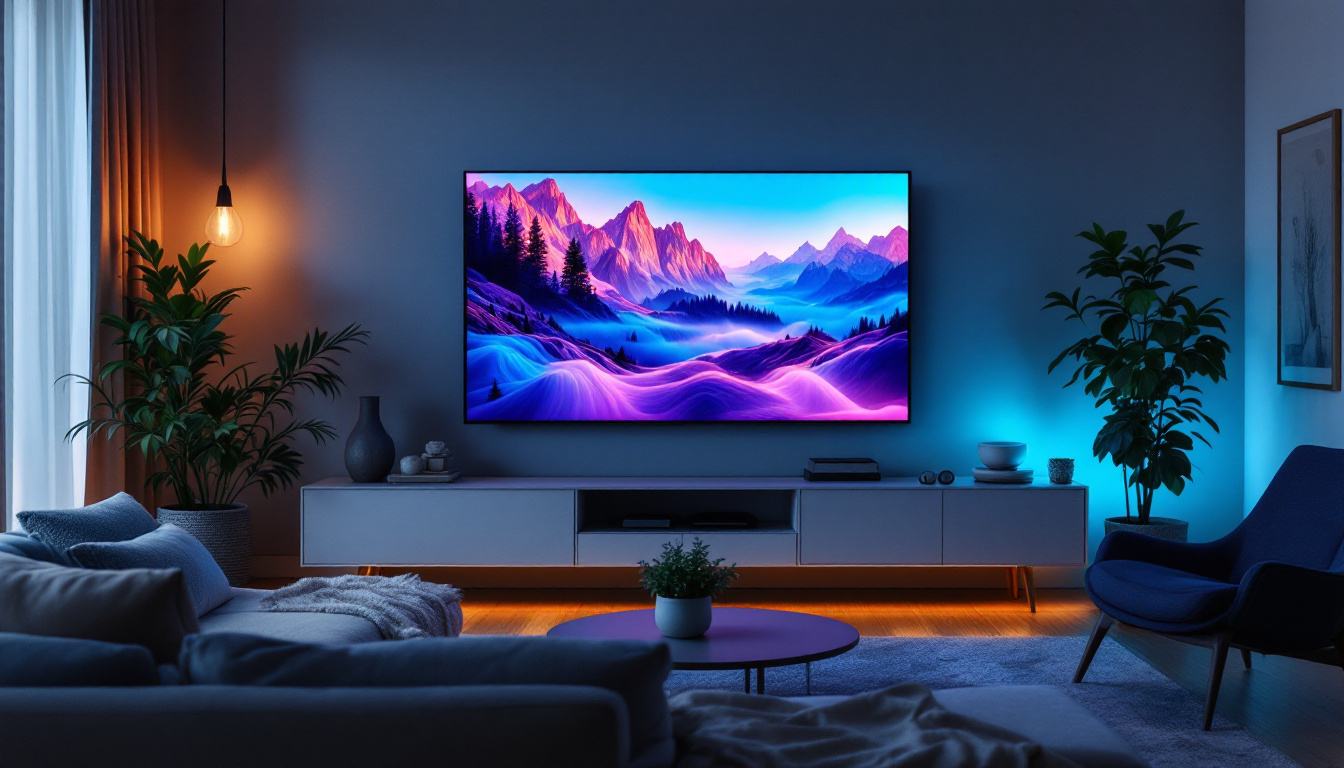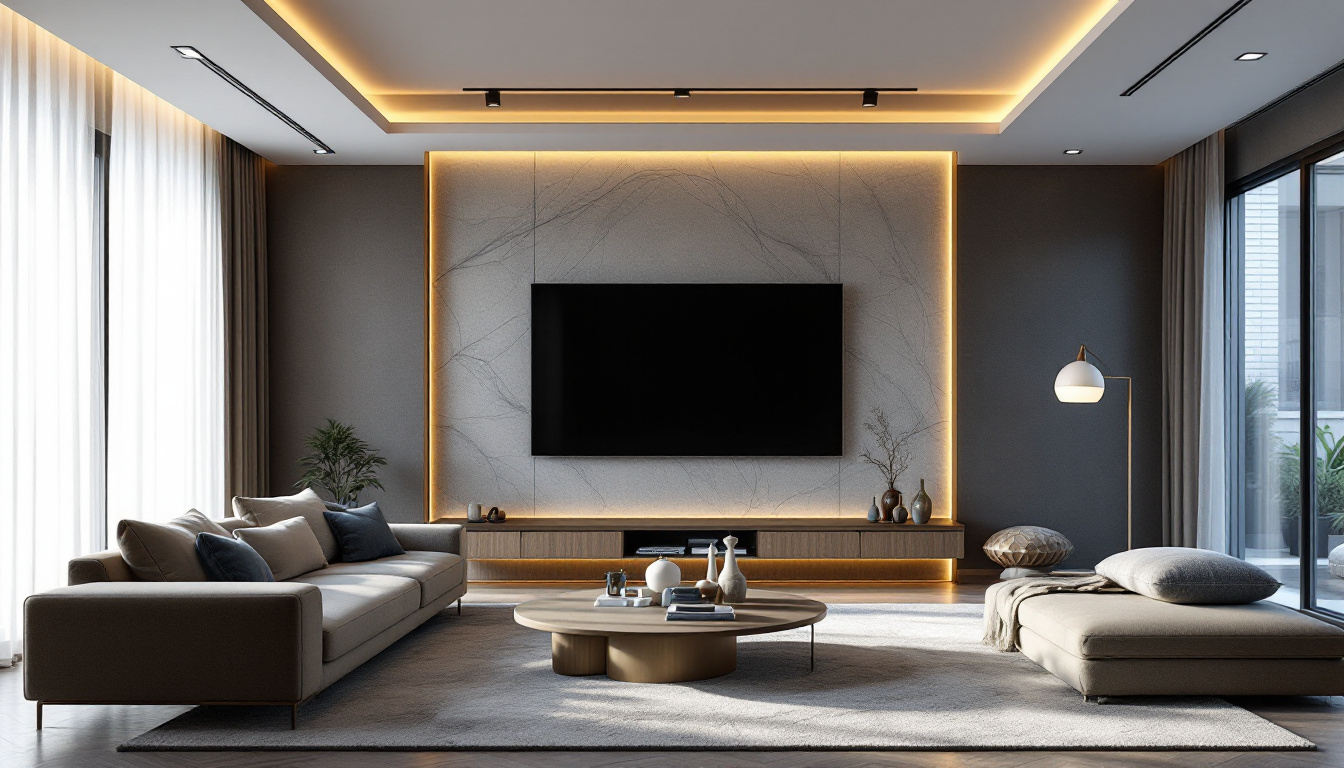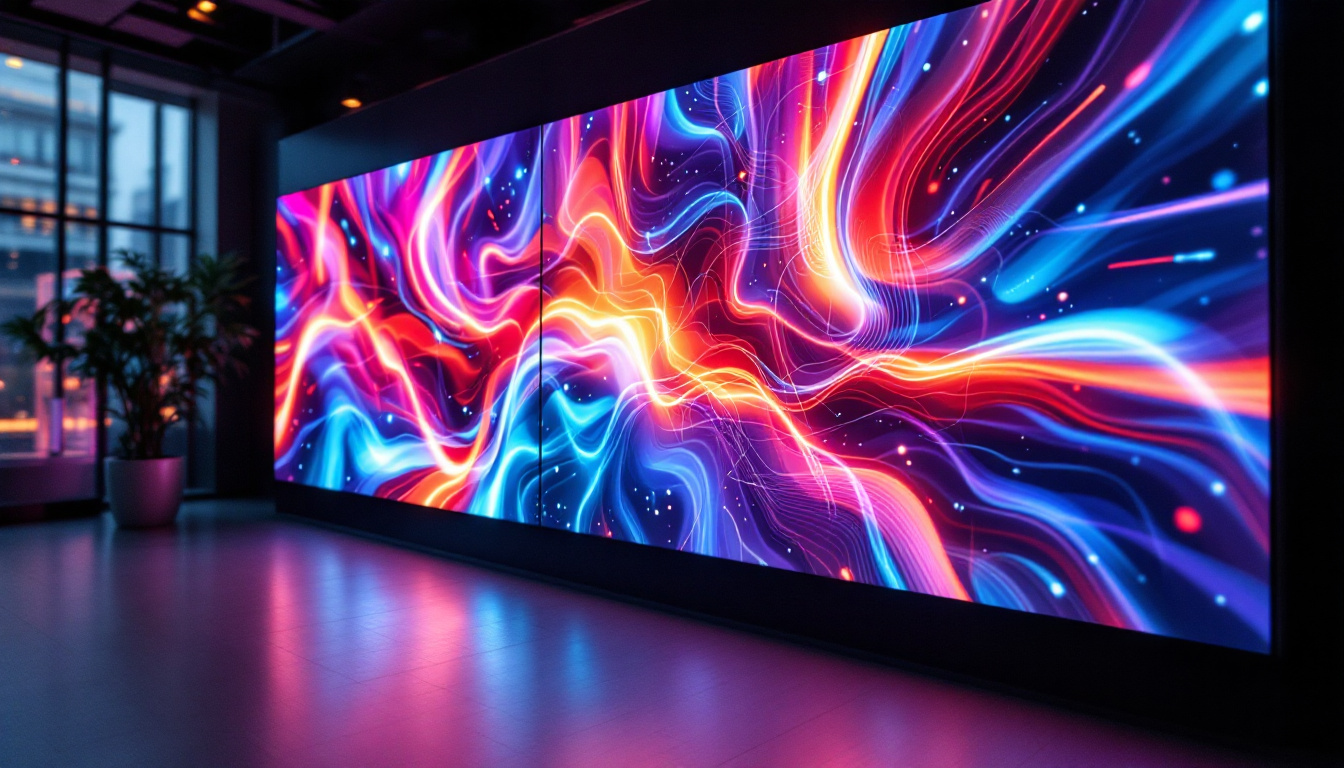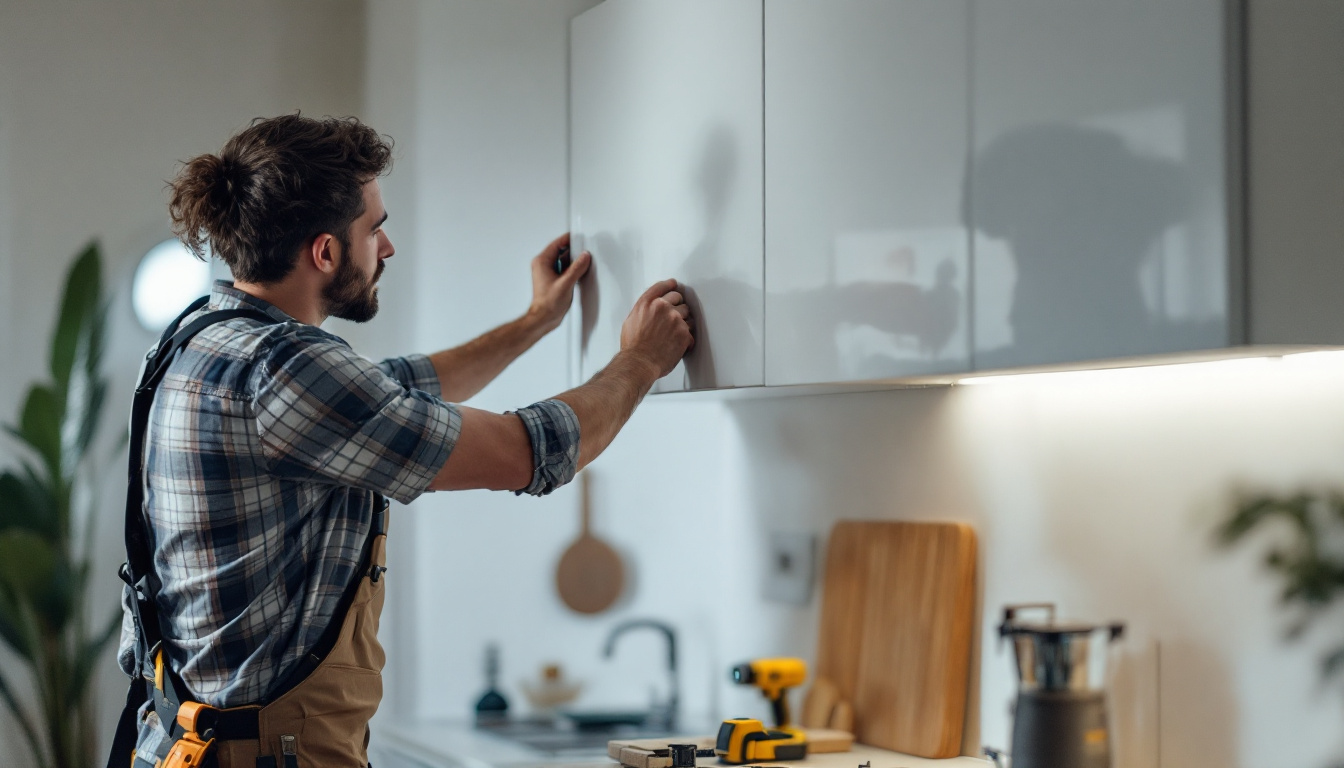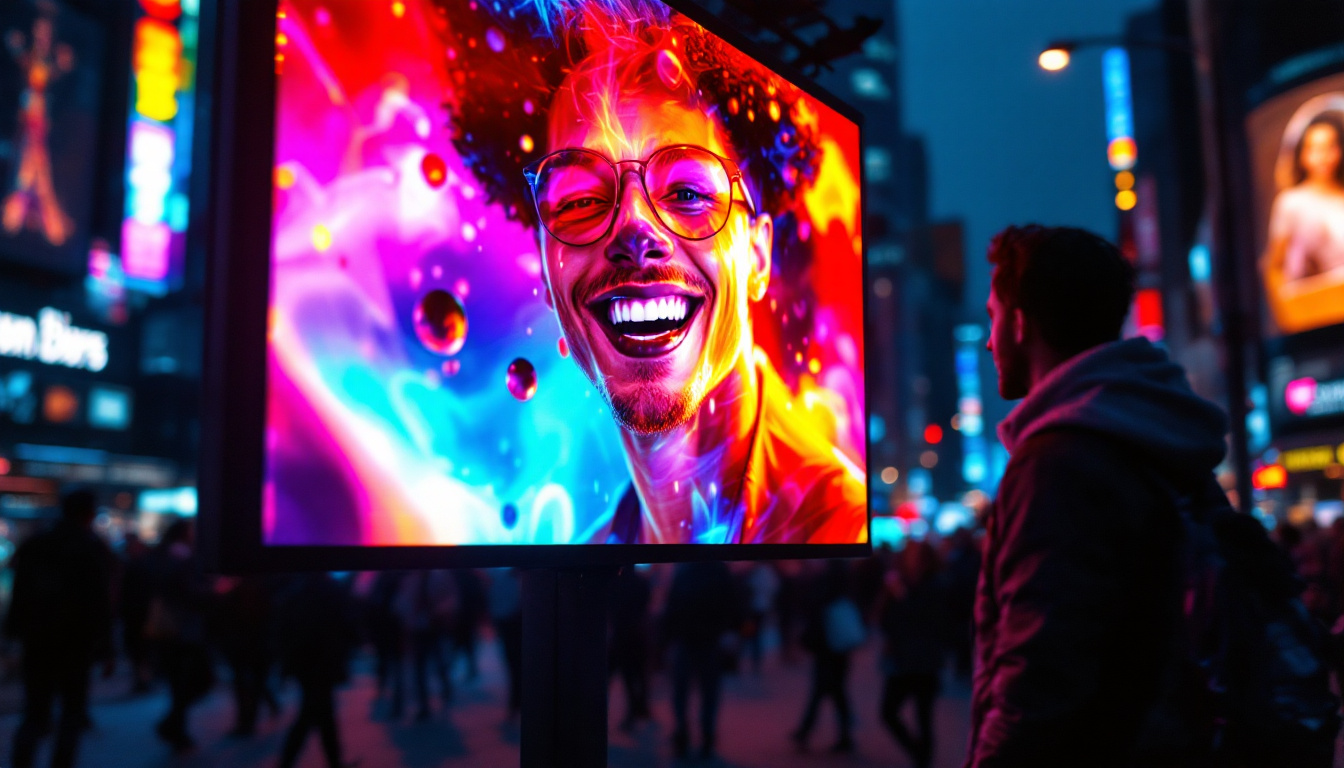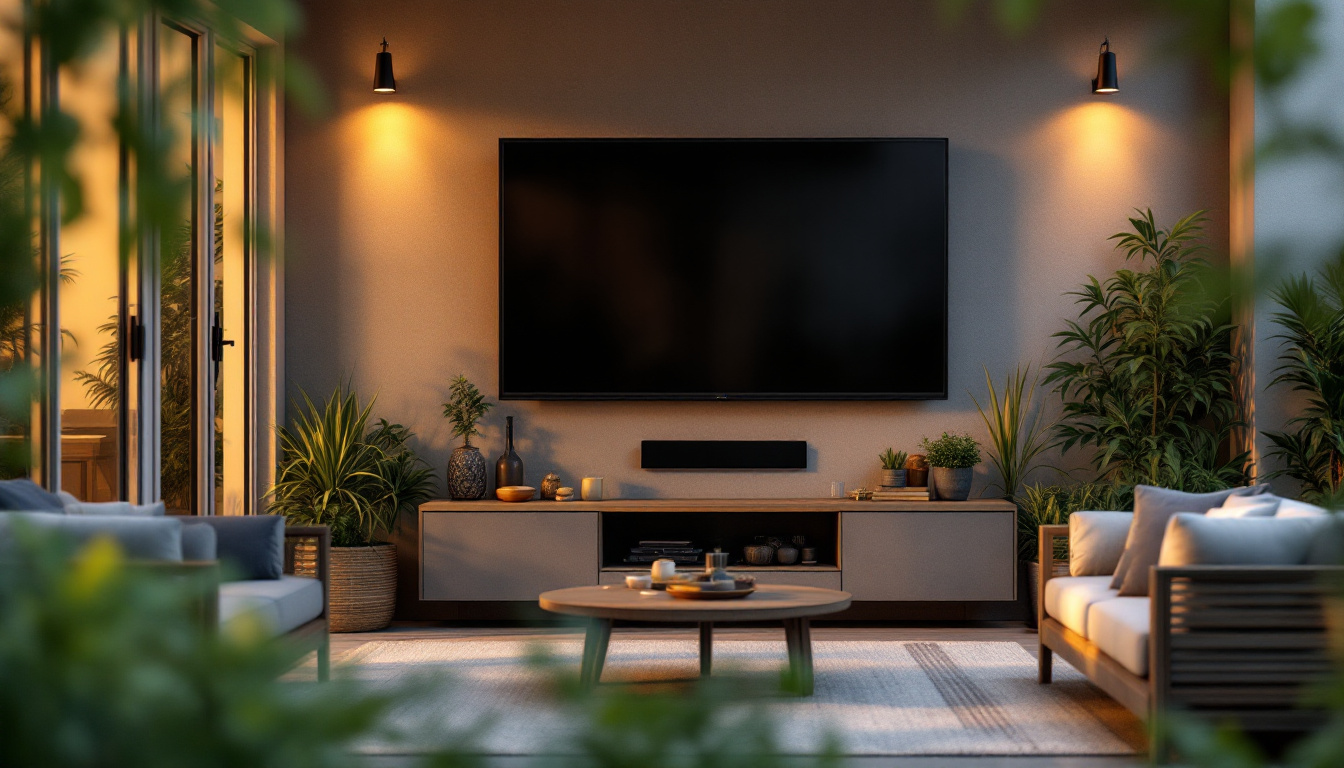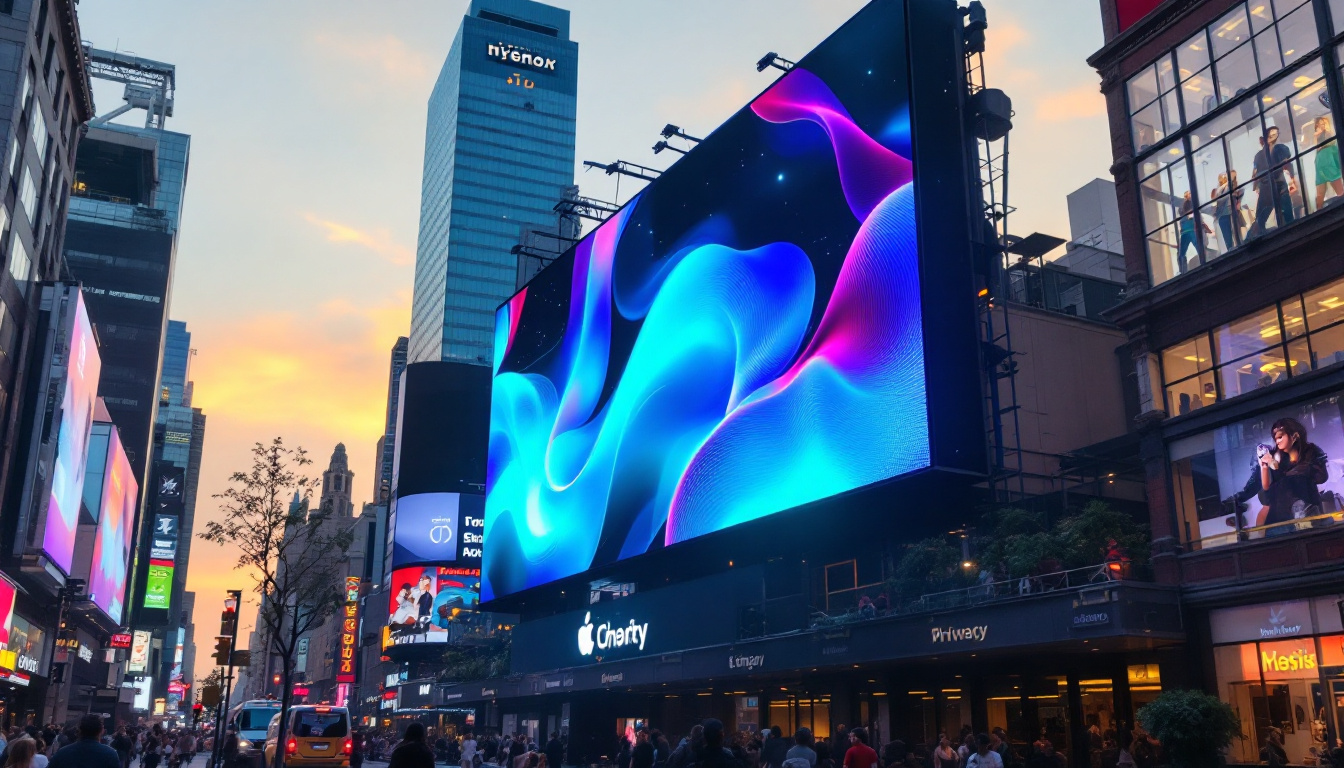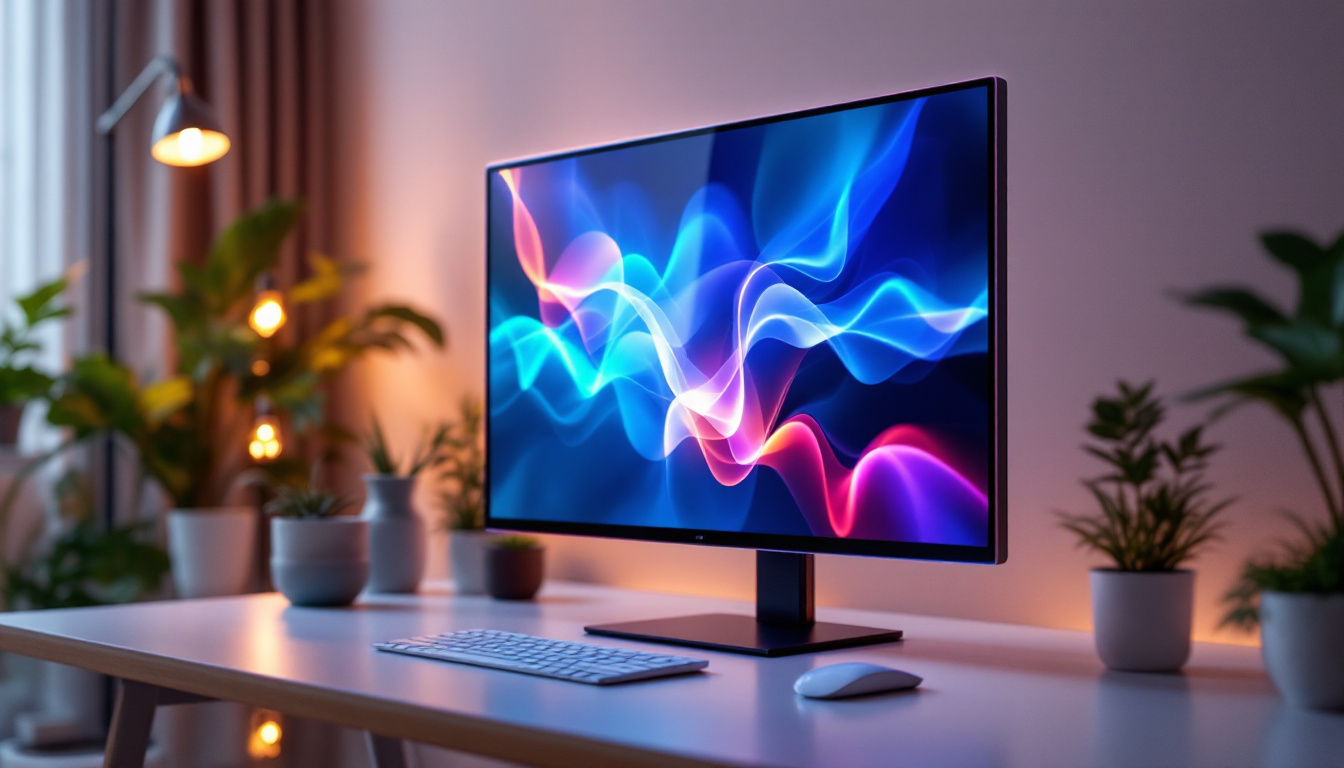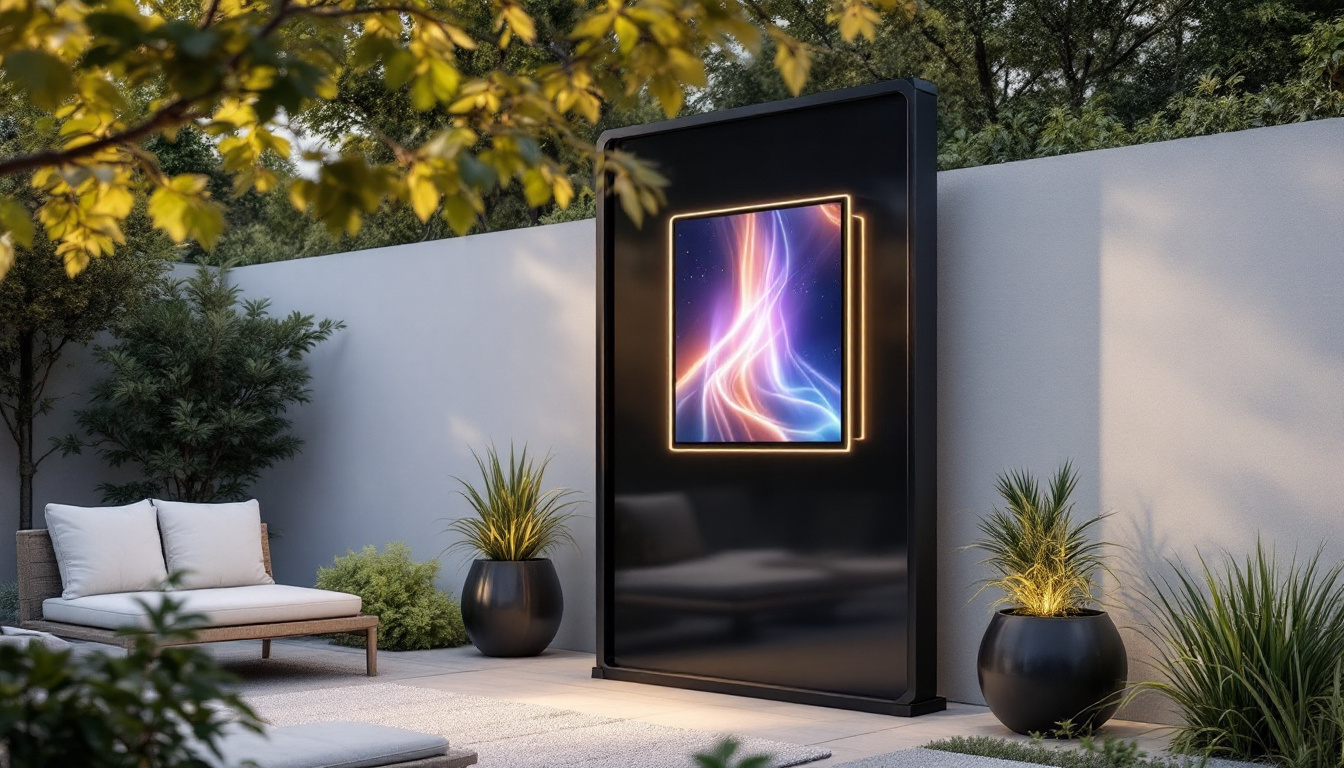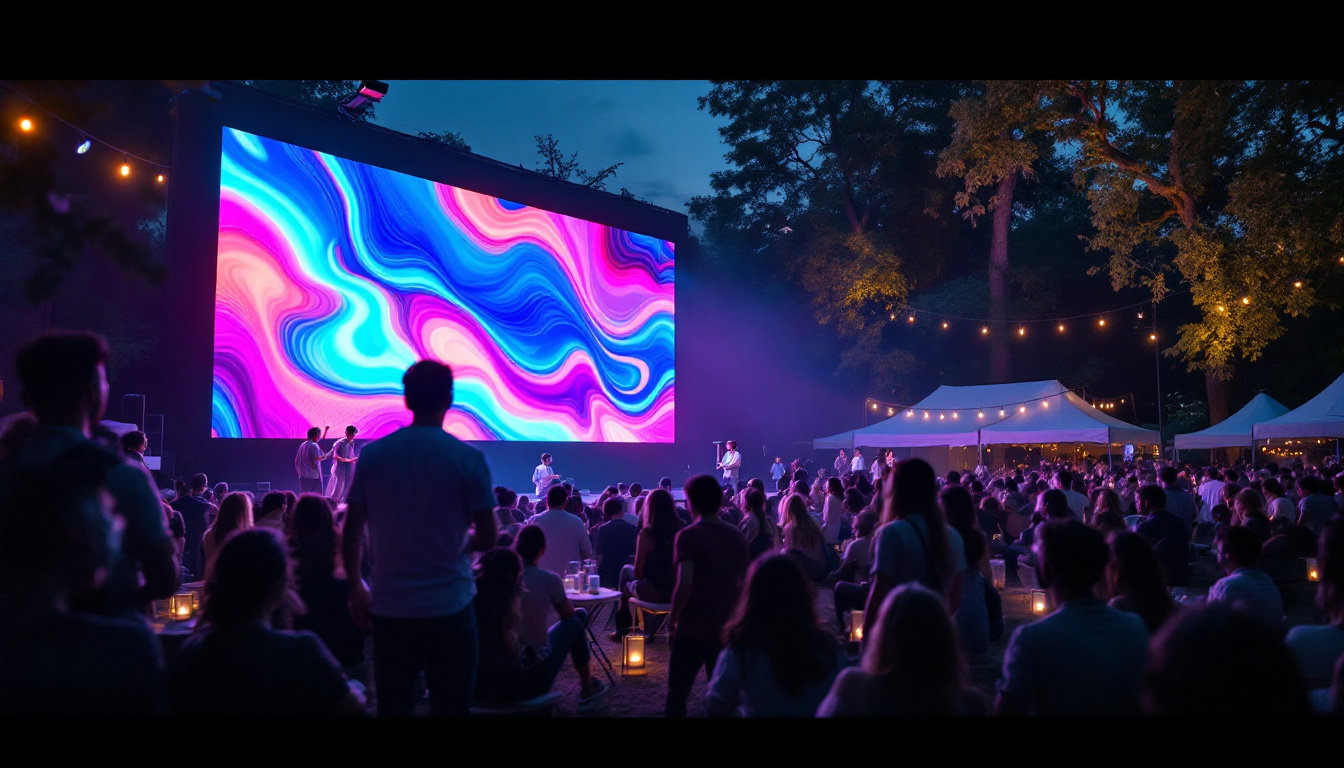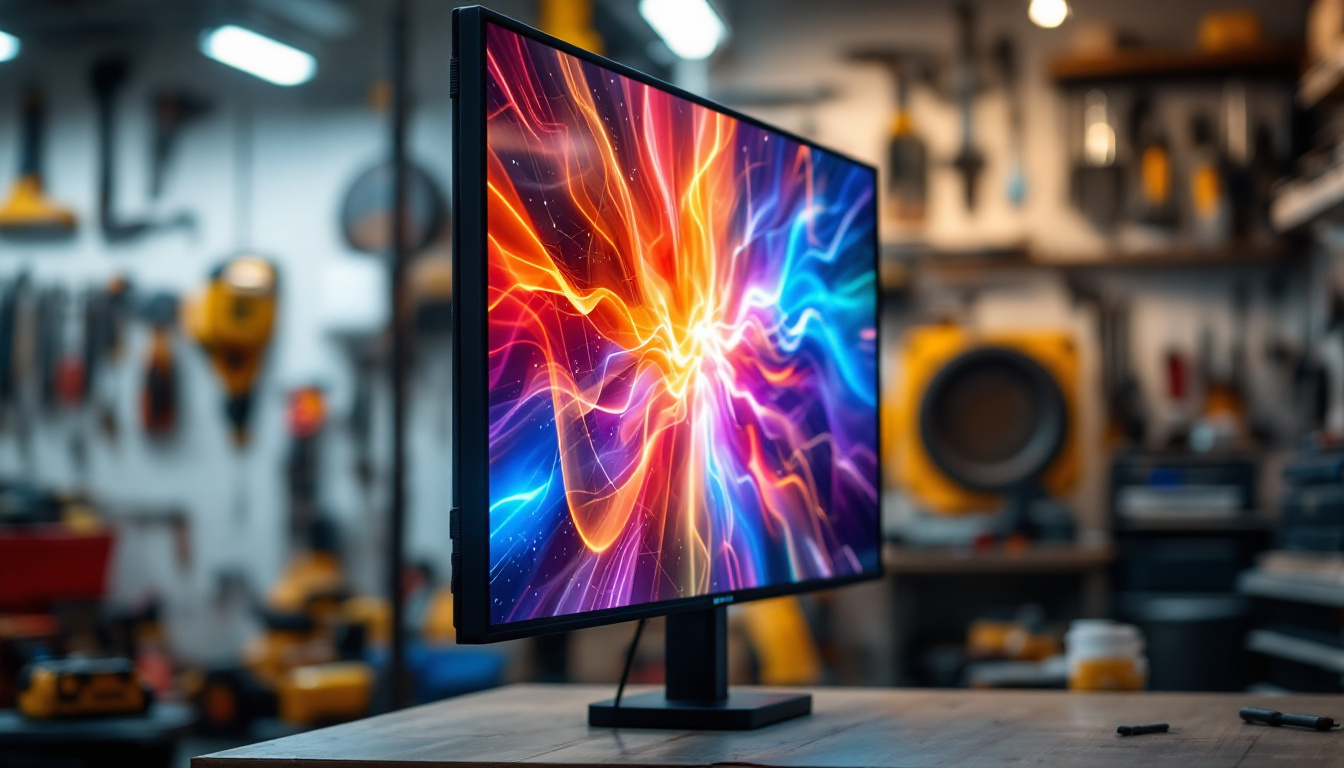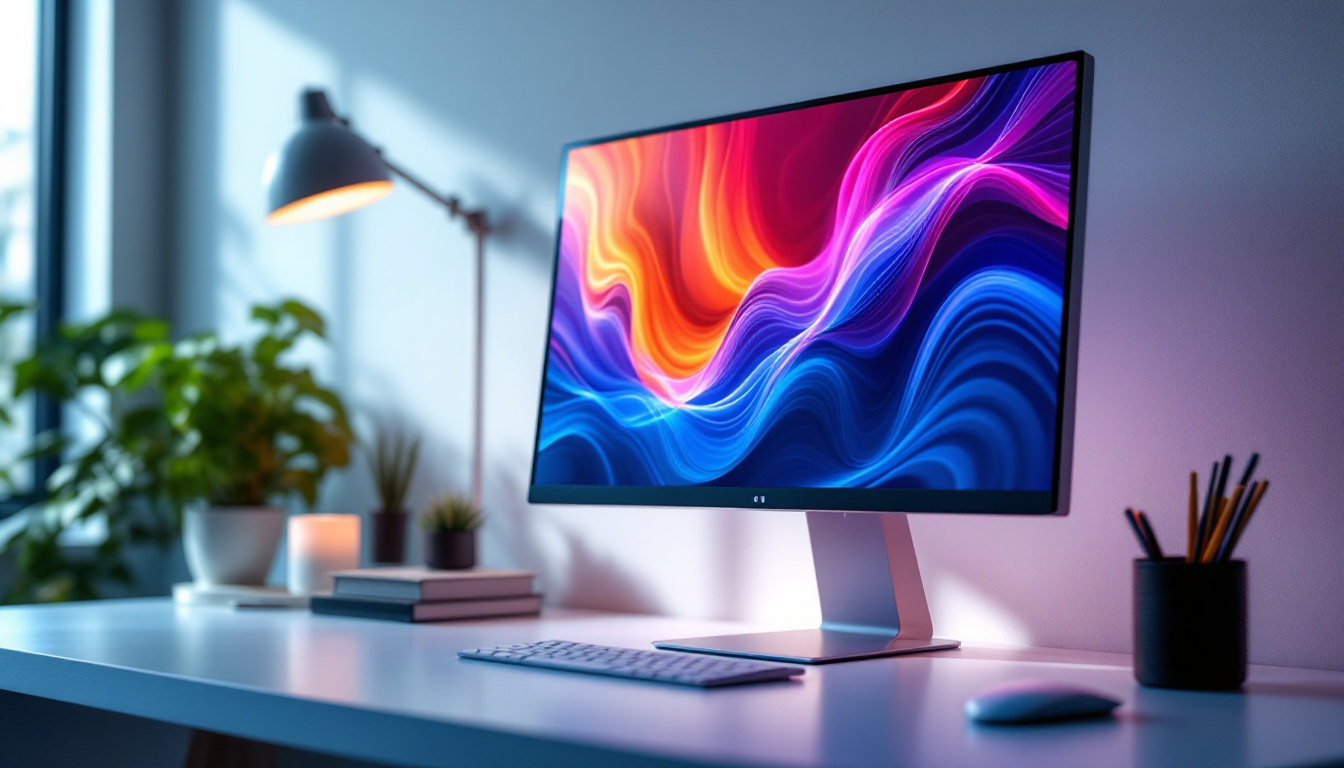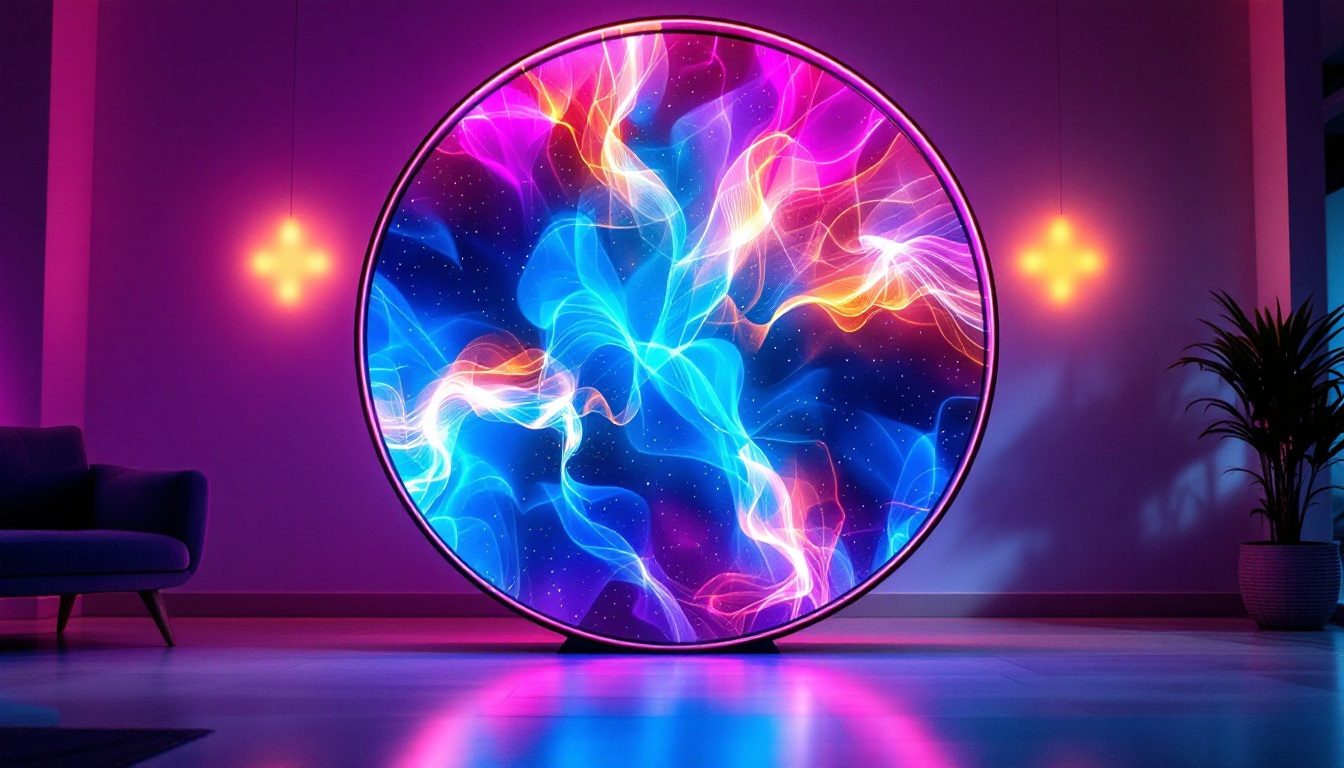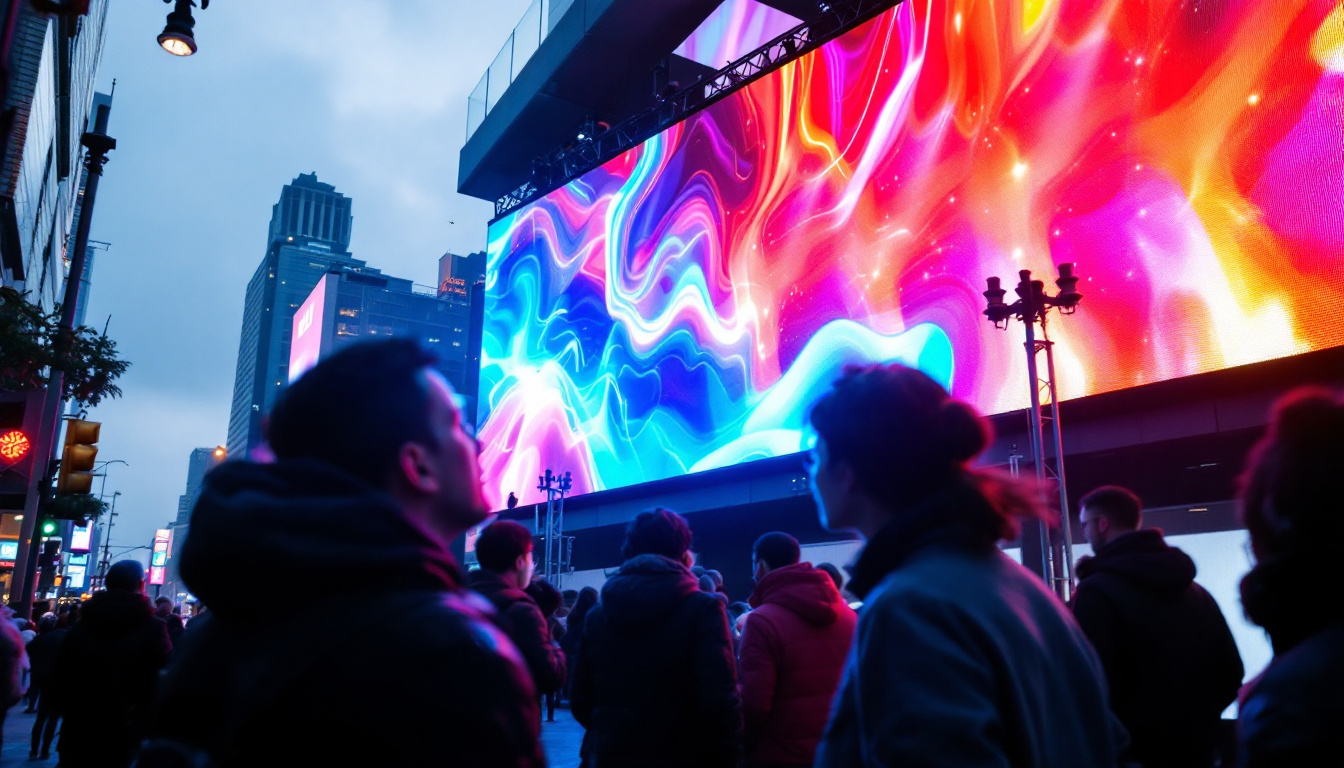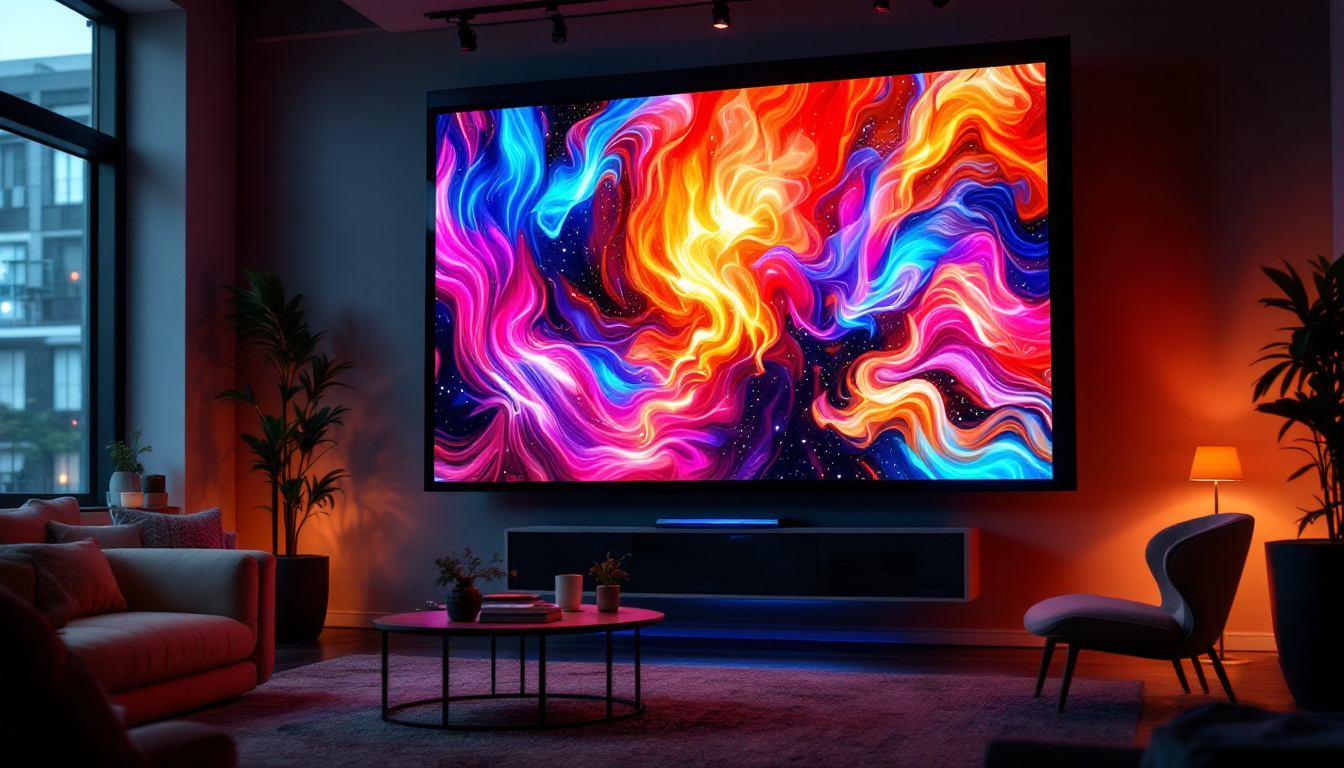Optimal Viewing Distance For 85 Inch TV: LED Display Explained
Choosing the right viewing distance for an 85-inch TV is crucial for an immersive viewing experience. With the rise of large LED displays, understanding how to maximize the benefits of such a screen is essential for any home theater setup. This article delves into the optimal viewing distance, factors influencing it, and how to enhance your overall viewing experience.
Understanding Viewing Distance
The viewing distance refers to the space between the viewer and the television screen. It plays a significant role in how well the content can be perceived. For larger screens, such as an 85-inch TV, the distance can greatly affect image clarity, comfort, and overall enjoyment.
Why Viewing Distance Matters
Viewing distance impacts several aspects of the viewing experience. First and foremost, it affects visual comfort. Sitting too close to a large screen can lead to eye strain, while sitting too far can diminish the immersive experience that a larger display is meant to provide.
Additionally, the resolution of the content being viewed plays a critical role. Higher resolutions, such as 4K, allow viewers to sit closer without noticing pixelation, thus enhancing the viewing experience. Conversely, lower resolutions may require more distance to avoid a less-than-ideal image quality.
Recommended Viewing Distance for 85-Inch TVs
For an 85-inch TV, the recommended viewing distance typically ranges from 6.5 to 10.5 feet. This range is based on the resolution of the content being viewed. For 4K Ultra HD content, viewers can sit closer, around 6.5 feet, while for 1080p content, a distance closer to 10.5 feet is advisable.
To further refine this distance, many experts suggest using a simple formula: multiply the diagonal size of the TV (in inches) by a factor that corresponds to the resolution. For 4K content, a factor of 1.5 is often used, while for 1080p content, a factor of 2.0 is more appropriate.
Moreover, the layout of the room can also influence the ideal viewing distance. Factors such as the height of the seating, the angle of the TV, and the overall room lighting can contribute to the viewer’s experience. For instance, if the TV is mounted higher on the wall, viewers may need to adjust their seating position to maintain a comfortable line of sight, which can inadvertently affect the perceived distance.
Another consideration is the type of content being consumed. For instance, action-packed movies or immersive video games may benefit from a closer viewing distance to enhance the feeling of engagement and excitement. In contrast, watching news or talk shows may not require as much immersion, allowing for a more relaxed viewing distance. Understanding these nuances can help viewers create a more tailored and enjoyable viewing environment.
Factors Influencing Optimal Viewing Distance
While the size of the TV and its resolution are critical factors, several other elements can influence the optimal viewing distance. These include room layout, seating arrangement, and personal preferences.
Room Layout and Seating Arrangement
The layout of the room can significantly impact how far one should sit from the TV. Consider the arrangement of furniture, the size of the room, and the placement of the TV itself. Ideally, the TV should be positioned at eye level when seated. This not only enhances comfort but also ensures that the viewer is not craning their neck or straining their eyes.
In larger rooms, it may be necessary to adjust seating further back to maintain an optimal viewing experience. Conversely, in smaller spaces, viewers may find themselves closer to the screen than recommended, which can lead to discomfort over extended viewing periods. Additionally, the presence of windows and lighting can also affect viewing distance; glare from sunlight can make it difficult to see the screen clearly, prompting viewers to adjust their seating or even invest in blackout curtains to enhance their viewing experience.
Personal Preferences
Ultimately, personal preferences play a significant role in determining the best viewing distance. Some viewers may prefer a more immersive experience and choose to sit closer, while others may feel more comfortable at a greater distance. Testing different distances can help individuals find their sweet spot, balancing comfort and immersion. Moreover, factors such as the type of content being viewed can also influence this choice; for instance, action-packed movies or video games may benefit from a closer viewing distance that allows for greater detail and engagement, while slower-paced dramas may be just as enjoyable from a distance.
Furthermore, the viewer’s eyesight can also dictate their preferred distance. Individuals with visual impairments may need to sit closer to the screen to see details clearly, while those with perfect vision might enjoy a more relaxed distance. The advent of high-definition and 4K TVs has also changed the game, as these technologies allow viewers to sit closer without sacrificing image quality. As a result, understanding one’s own visual needs and preferences is essential in creating an optimal viewing environment that enhances the overall entertainment experience.
Enhancing the Viewing Experience
Once the optimal viewing distance has been established, there are several ways to enhance the overall viewing experience. From screen calibration to room lighting, these factors can significantly impact how content is perceived.
Screen Calibration
Proper screen calibration is essential for achieving the best picture quality. Many modern TVs come with preset picture modes, but these may not always be ideal for every viewing environment. Adjusting settings such as brightness, contrast, and color saturation can make a significant difference in the viewing experience.
For those who want to take it a step further, professional calibration services are available. These services can optimize the TV settings based on the specific room conditions, ensuring the best possible picture quality. Additionally, many high-end TVs now offer built-in calibration tools that guide users through the process, making it easier than ever to achieve an accurate display right from home.
Room Lighting
Lighting plays a crucial role in how a TV is perceived. Ideally, the room should be dimly lit to reduce glare and reflections on the screen. However, completely dark rooms can also lead to eye strain over time. A balance can be struck by using ambient lighting, such as floor lamps or wall sconces, to create a comfortable viewing environment.
Additionally, using blackout curtains can help control natural light during the day, ensuring that viewers can enjoy their favorite shows without distractions from outside light sources. Smart lighting systems can also be integrated into the viewing area, allowing users to adjust the brightness and color temperature of the lights with ease. This not only enhances the mood for movie nights but also allows for a more immersive experience when watching action-packed films or serene nature documentaries.
Furthermore, the placement of light sources is equally important. Avoiding direct light hitting the screen can minimize reflections and improve visibility. Consider using dimmable LED lights that can be adjusted based on the time of day or the type of content being viewed. This flexibility can transform a simple viewing session into a cinematic experience, making it feel more like a theater and less like a living room.
Common Mistakes to Avoid
When setting up an 85-inch TV, there are several common mistakes that can hinder the viewing experience. Being aware of these pitfalls can help ensure that viewers get the most out of their large screen.
Ignoring the Room’s Acoustics
Many people focus solely on the visual aspects of their home theater setup, neglecting the importance of sound. The acoustics of a room can significantly impact how audio is perceived. Hard surfaces can create echoes, while soft furnishings can help absorb sound, leading to a more balanced audio experience.
To optimize sound quality, consider adding rugs, curtains, or acoustic panels to the room. Additionally, investing in a quality sound system can enhance the overall experience, making it more immersive and enjoyable. For those who want to take their audio setup a step further, consider incorporating a surround sound system. This can provide a three-dimensional audio experience that complements the large screen, making action scenes feel more dynamic and dialogue clearer, ultimately enhancing the overall viewing experience.
Overlooking Cable Management
With the excitement of setting up a new TV, cable management can often be overlooked. Messy cables not only detract from the aesthetic of the room but can also pose safety hazards. Taking the time to organize and conceal cables can create a cleaner, more inviting space.
There are various cable management solutions available, from cable covers to wall-mounted systems. These options can help keep cables tidy and out of sight, allowing the focus to remain on the TV and the content being viewed. Additionally, consider labeling your cables to make troubleshooting easier in the future. This small step can save time and frustration when trying to identify which cable belongs to which device, especially in a setup with multiple components like gaming consoles, streaming devices, and sound systems.
Conclusion
Determining the optimal viewing distance for an 85-inch TV is essential for maximizing the viewing experience. By considering factors such as resolution, room layout, and personal preferences, viewers can find the perfect distance to enjoy their favorite movies and shows. Additionally, enhancing the viewing environment through proper calibration, lighting, and sound management can elevate the experience even further.
Ultimately, the goal is to create a comfortable and immersive environment that allows for long hours of enjoyable viewing. With the right setup and considerations, an 85-inch LED TV can become the centerpiece of any home entertainment system, providing countless hours of entertainment for family and friends.
Discover the Future of Viewing with LumenMatrix
Ready to transform your viewing experience with the latest in LED display technology? Look no further than LumenMatrix, where innovation meets visual splendor. Our extensive range of LED display solutions, from the immersive Indoor LED Wall Display to the dynamic Outdoor LED Wall Display and beyond, is designed to bring your content to life in stunning clarity and color. Elevate your home theater or captivate your audience with displays that redefine the boundaries of engagement. Check out LumenMatrix LED Display Solutions today and step into the future of visual storytelling.

